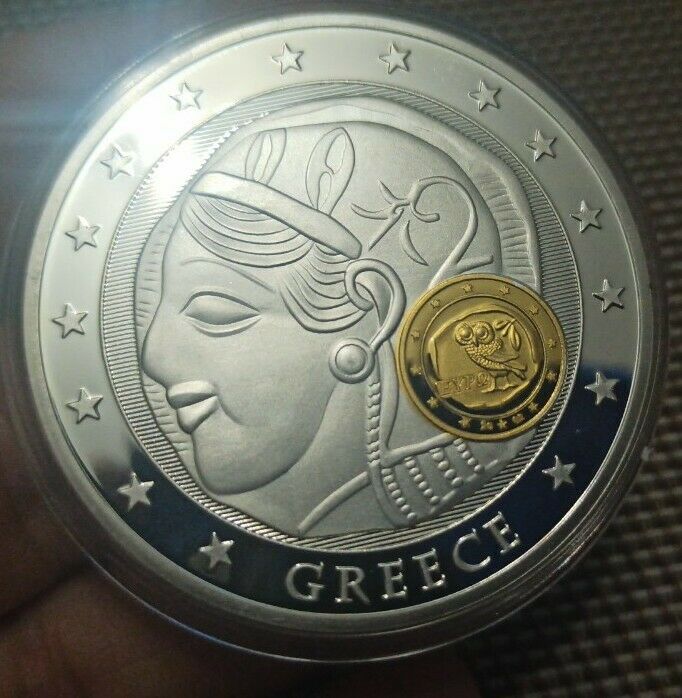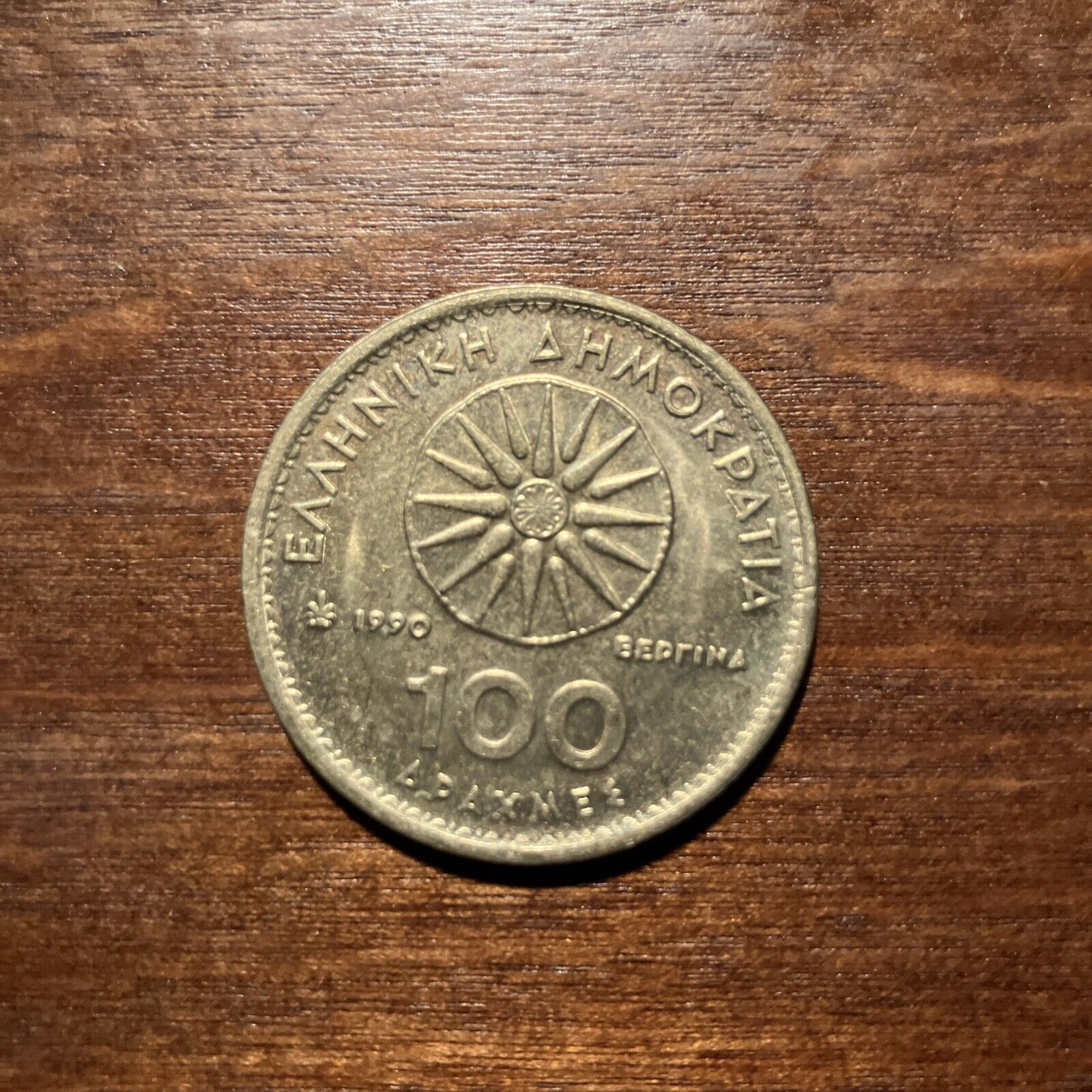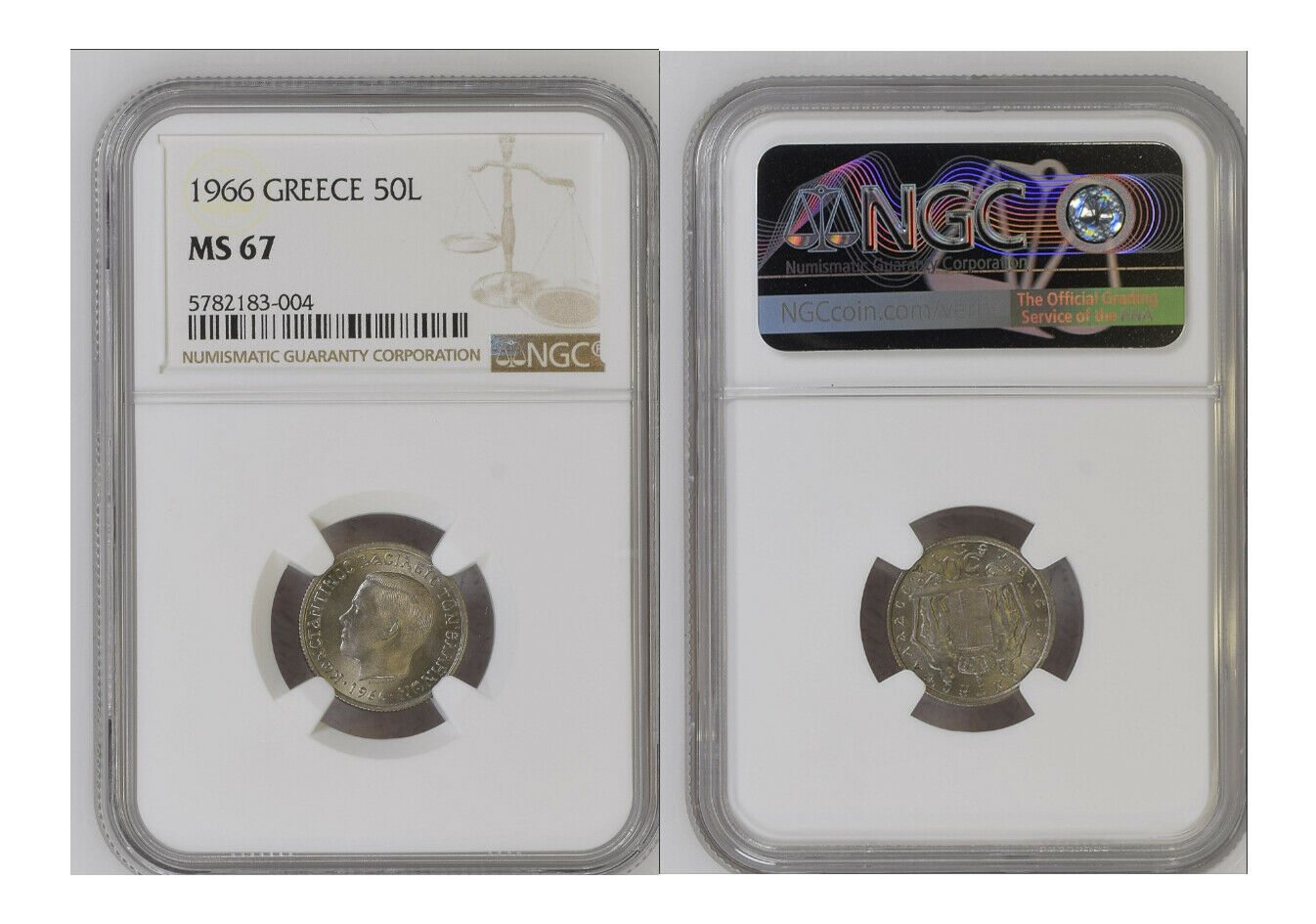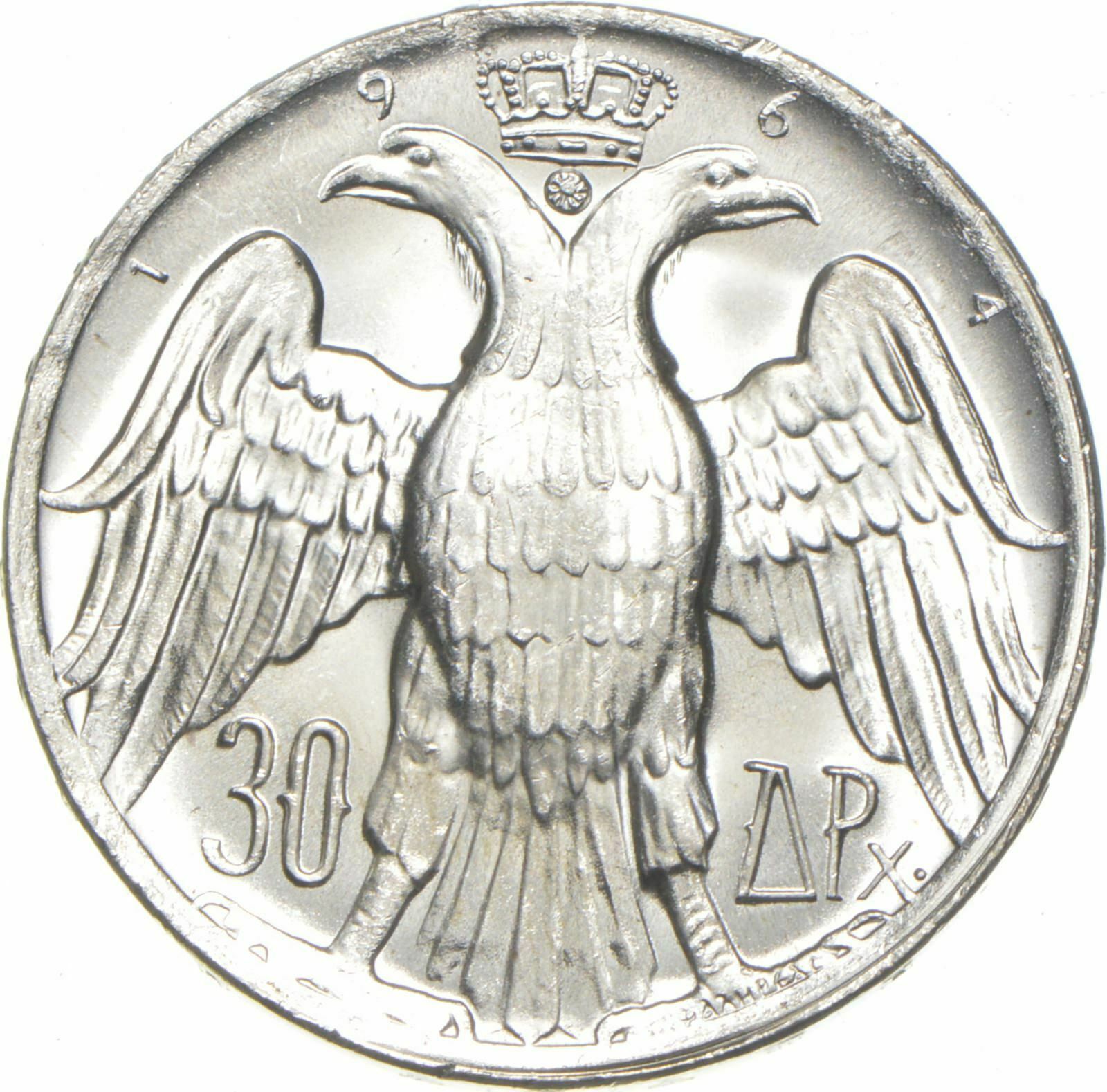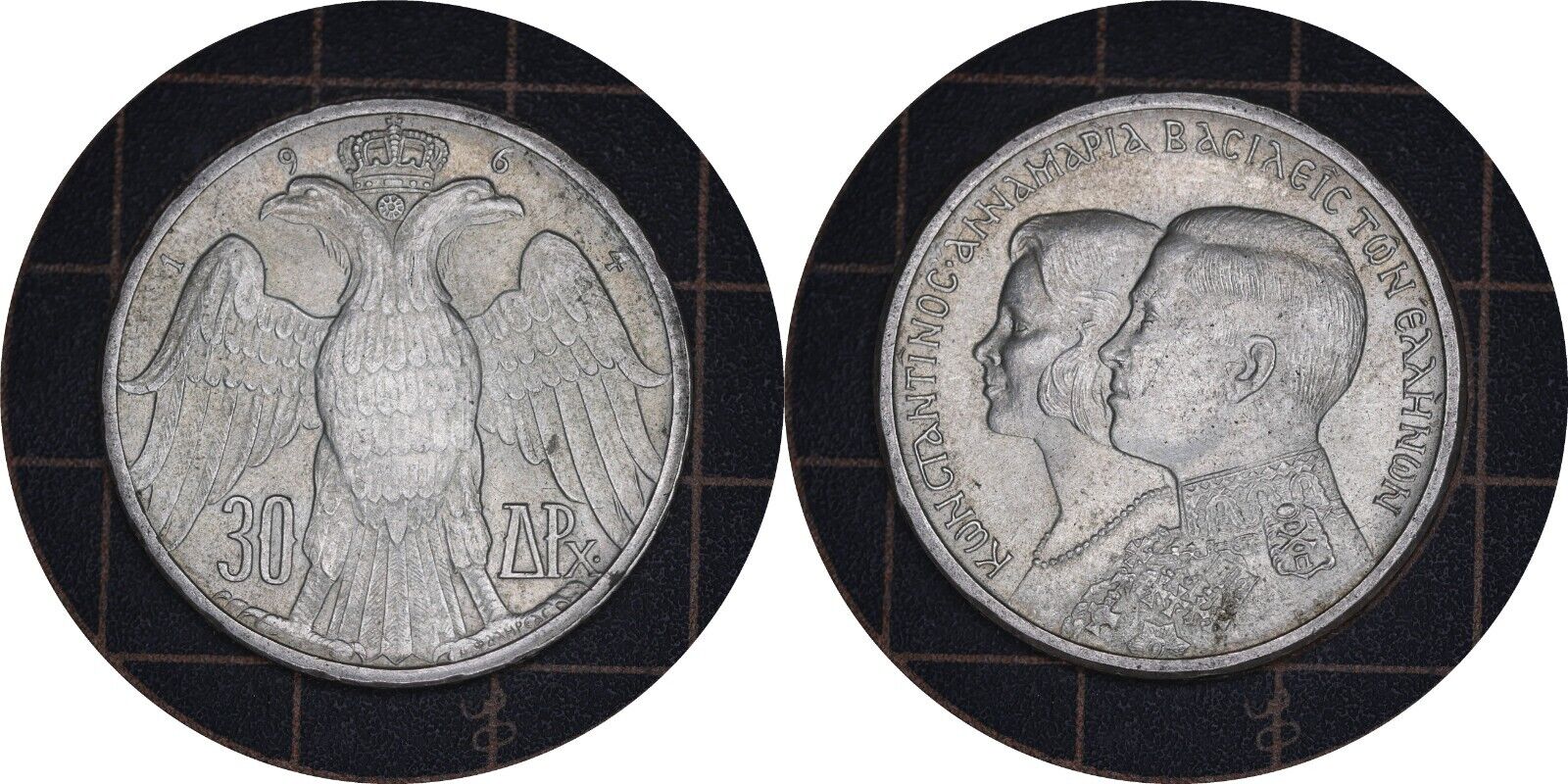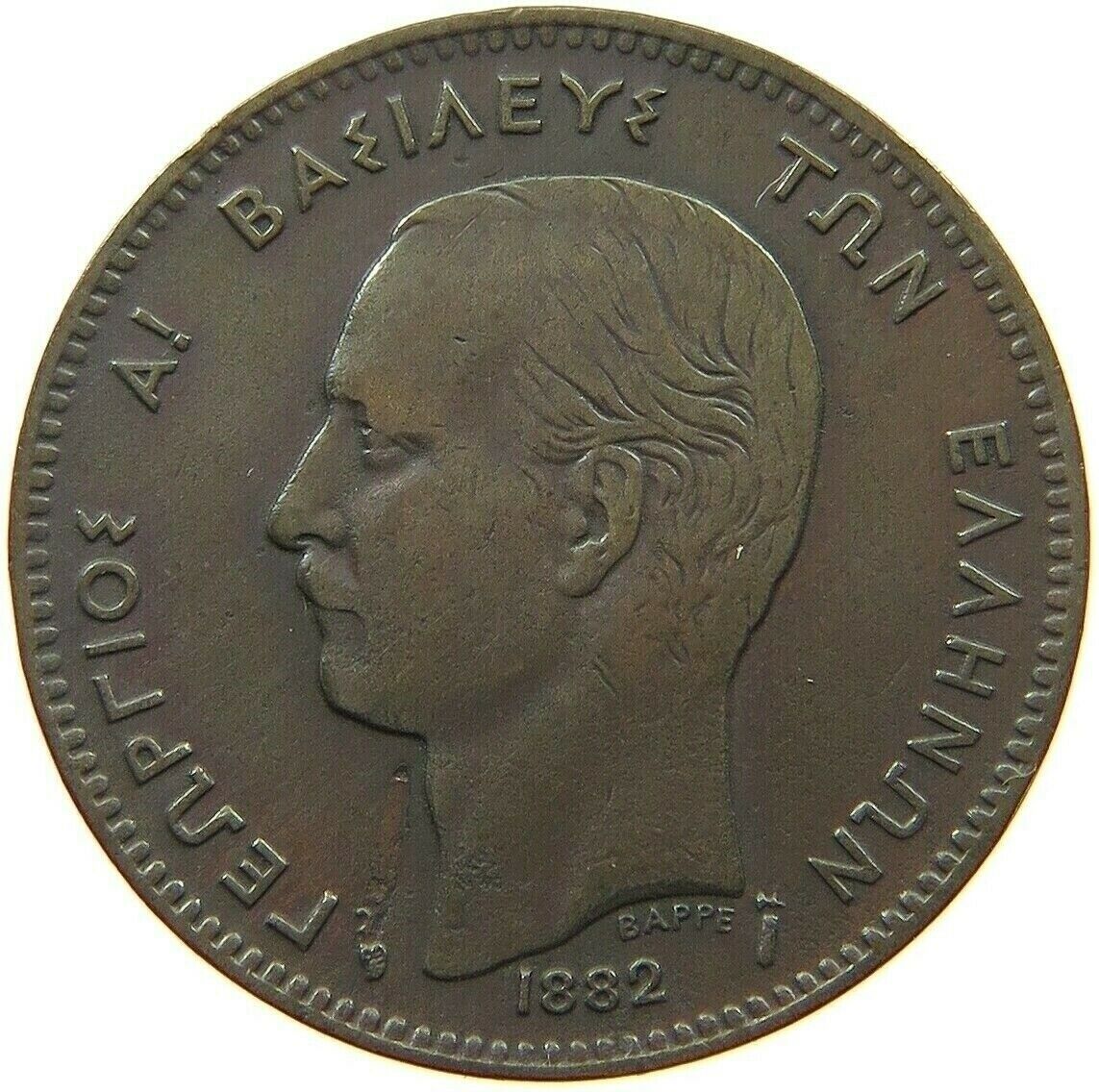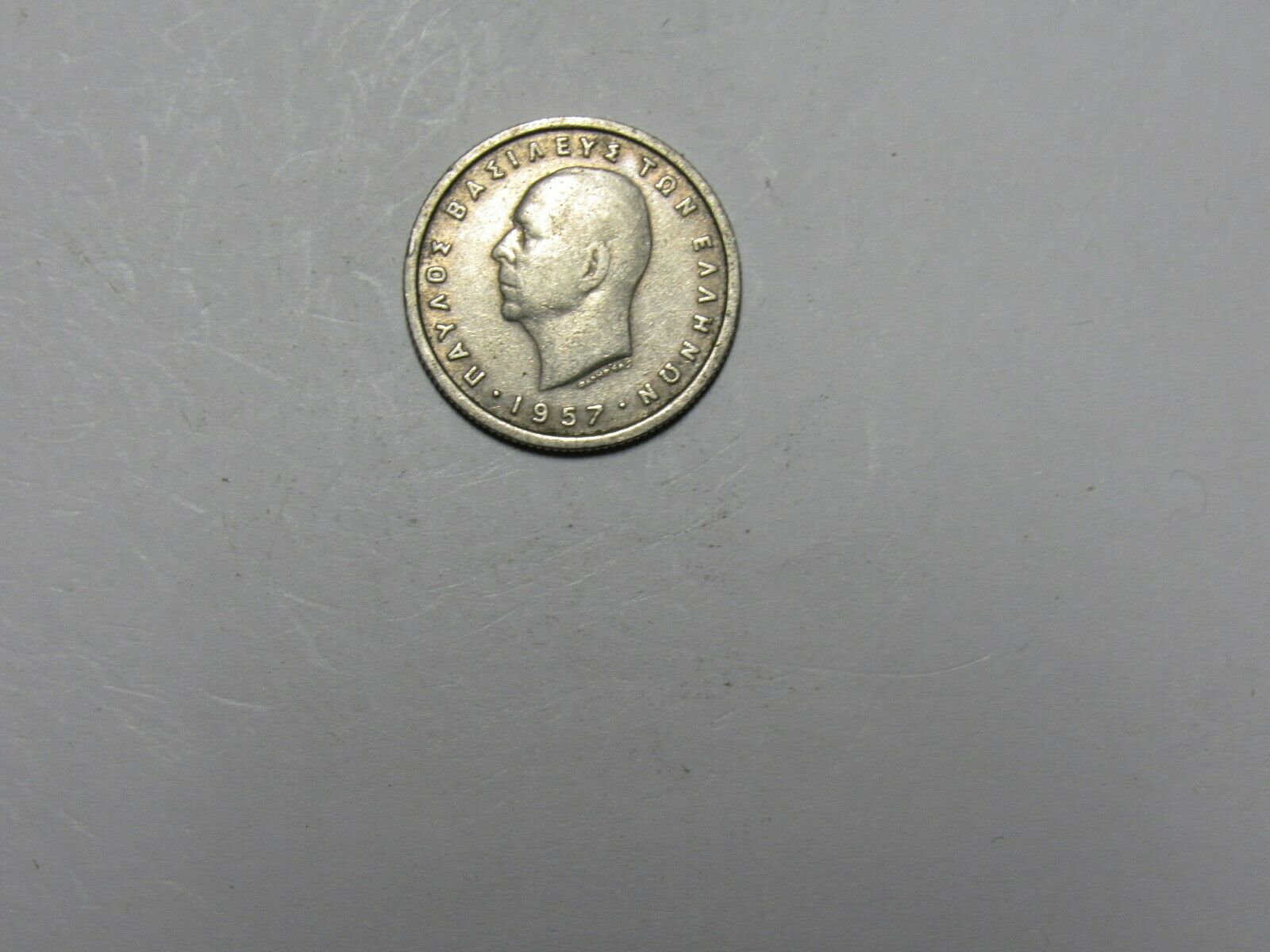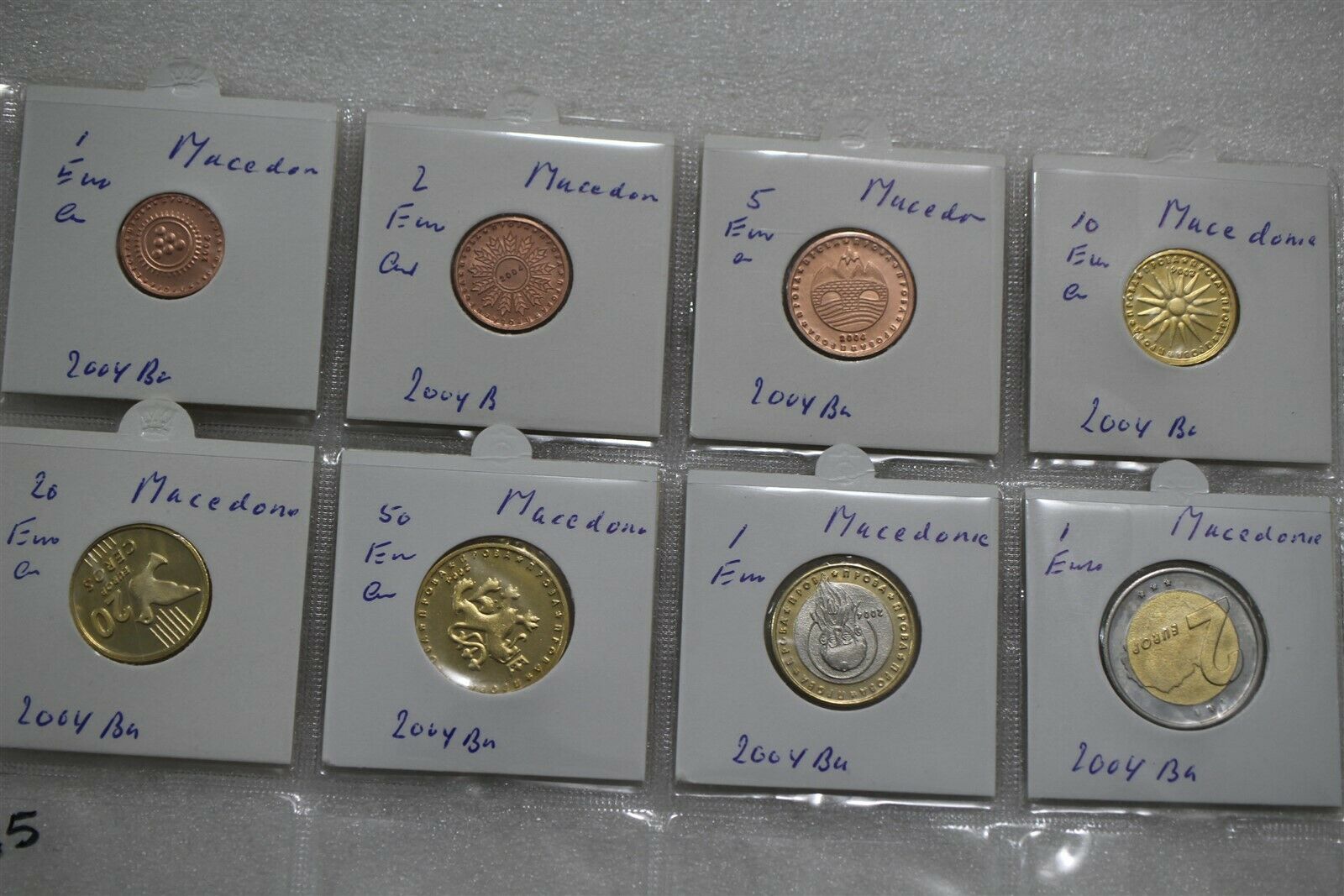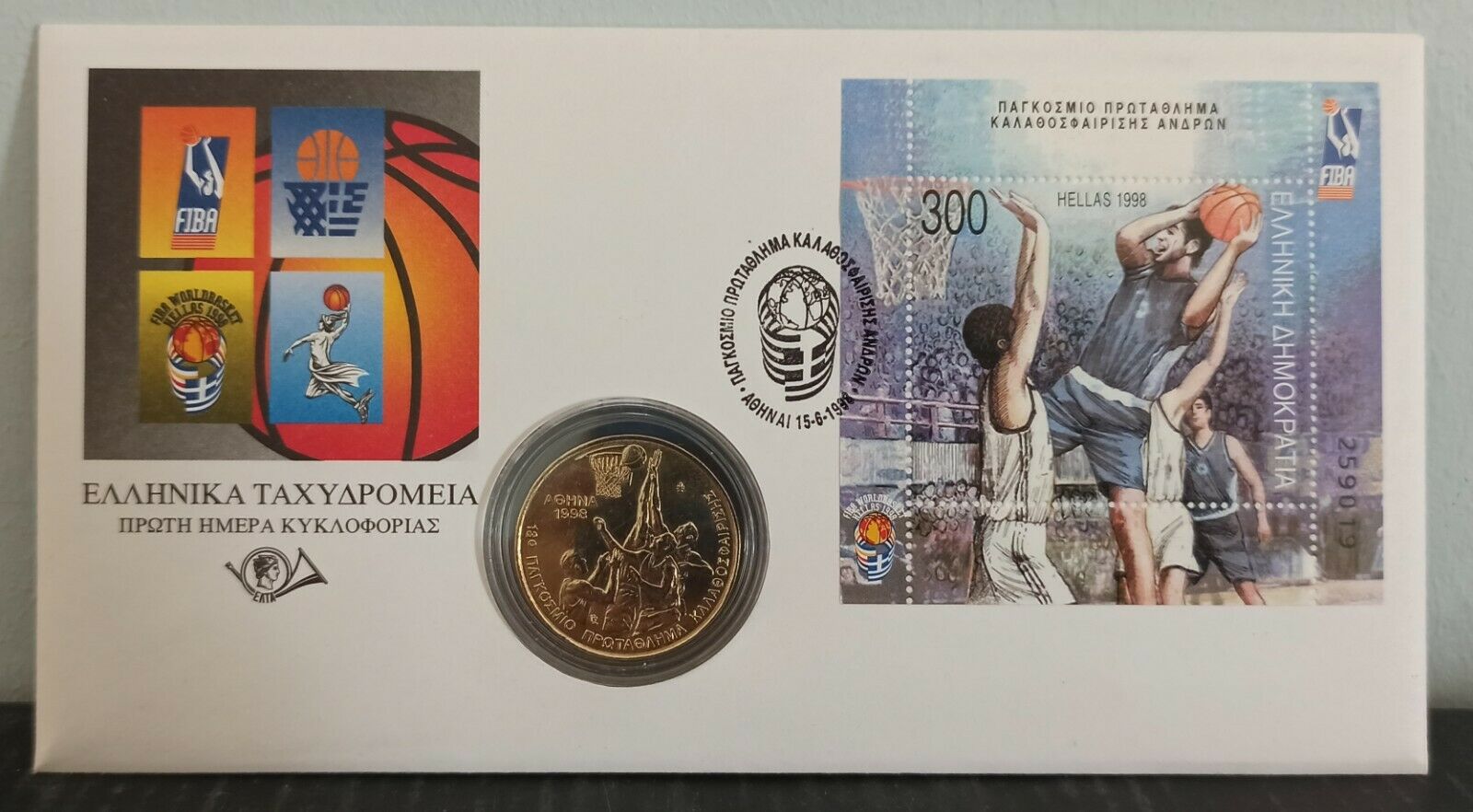-40%
Rare SILVER + GOLD Plated proof 55mm GREECE 🅰️ Goddess ATHENA 🅰️ Grecia Grece
$ 87.64
- Description
- Size Guide
Description
ΓΙΑ ΕΛΛΑΔΑ ΓΙΝΕΤΑΙ ΚΑΙ ΑΝΤΙΚΑΒΟΛΗ Η ΚΑΤΑΘΕΣΗ/ΜΕΤΑΦΟΡΑ ΣΕ ΤΡΑΠΕΖΑ. Επικοινωνήστε για λεπτομέρειες.The item on the pictures is the one that you will receive.
Look carrefully and judge for your self for the quallity and the grade.
S&h is .90 for all the world.
Registered mail with international tracking number.
BID WITH CONFIDENCE. . SELLER with 100% POSITIVE FEEDBACK.
Athena
Goddess of wisdom, handicraft, and warfare.
[1]
Member of the
Twelve Olympians
Mattei Athena
at
Louvre
. Roman copy from the 1st century BC/AD after a Greek original of the 4th century BC, attributed to Cephisodotos or Euphranor.
Abode
Mount Olympus
Symbol
Owls
,
olive trees
,
snakes
,
Aegis
,
armour
,
helmets
,
spears
,
Gorgoneion
Personal information
Parents
In the
Iliad
:
Zeus
alone
In
Theogony
: Zeus and
Metis
[a]
Siblings
Aeacus
,
Angelos
,
Aphrodite
,
Apollo
,
Ares
,
Artemis
,
Dionysus
,
Eileithyia
,
Enyo
,
Eris
,
Ersa
,
Hebe
,
Helen of Troy
,
Hephaestus
,
Heracles
,
Hermes
,
Minos
,
Pandia
,
Persephone
,
Perseus
,
Rhadamanthus
, the
Graces
, the
Horae
, the
Litae
, the
Muses
, the
Moirai
Children
No natural children, but
Erichthonius of Athens
was her adoptive son
Equivalents
Roman equivalent
Minerva
Etruscan equivalent
Menrva
Canaanite equivalent
Anat
[3]
Egyptian equivalent
Neith
Celtic equivalent
Sulis
This article contains
special characters
.
Without proper
rendering support
, you may see
question marks, boxes, or other symbols
.
Athena
[b]
or
Athene
,
[c]
often given the
epithet
Pallas
,
[d]
is an
ancient Greek goddess
associated with wisdom, handicraft, and warfare
[1]
who was later
syncretized
with the
Roman goddess
Minerva
.
[4]
Athena was regarded as the patron and protectress of various cities across Greece, particularly the city of
Athens
, from which she most likely received her name.
[5]
The
Parthenon
on the
Acropolis of Athens
is dedicated to her. Her major symbols include
owls
,
olive trees
, snakes, and the
Gorgoneion
. In art, she is generally depicted wearing a helmet and holding a spear.
From her origin as an Aegean
palace goddess
, Athena was closely associated with the city. She was known as
Polias
and
Poliouchos
(both derived from
polis
, meaning "city-state"), and her temples were usually located atop the fortified
acropolis
in the central part of the city. The
Parthenon
on the
Athenian Acropolis
is dedicated to her, along with numerous other temples and monuments. As the patron of craft and weaving, Athena was known as
Ergane
. She was also a
warrior goddess
, and was believed to lead soldiers into battle as
Athena Promachos
. Her main festival in Athens was the
Panathenaia
, which was celebrated during the month of
Hekatombaion
in midsummer and was the most important festival on the Athenian calendar.
In
Greek mythology
, Athena was believed to have been born from the forehead of her father
Zeus
. In the
founding myth
of Athens, Athena bested
Poseidon
in a competition over patronage of the city by creating the first olive tree. She was known as
Athena Parthenos
"Athena the Virgin," but in one archaic
Attic
myth, the god
Hephaestus
tried and failed to rape her, resulting in
Gaia
giving birth to
Erichthonius
, an important Athenian founding hero. Athena was the patron goddess of heroic endeavor; she was believed to have aided the heroes
Perseus
,
Heracles
,
Bellerophon
, and
Jason
. Along with
Aphrodite
and
Hera
, Athena was one of the three goddesses
whose feud
resulted in the beginning of the
Trojan War
.
She plays an active role in the
Iliad
, in which she assists the
Achaeans
and, in the
Odyssey
, she is the divine counselor to
Odysseus
. In the later writings of the Roman poet
Ovid
, Athena was said to have competed against the mortal
Arachne
in a weaving competition, afterward transforming Arachne into the first spider; Ovid also describes how she transformed
Medusa
into a
Gorgon
after witnessing her being raped by Poseidon in her temple. Since the
Renaissance
, Athena has become an international symbol of wisdom, the arts, and
classical learning
. Western artists and
allegorists
have often used Athena as a symbol of
freedom
and
democracy
.
Etymology
The Acropolis at Athens
(1846) by
Leo von Klenze
. Athena's name probably comes from the name of the city of
Athens
.
[5]
[6]
Athena is associated with the city of
Athens
.
[5]
[7]
The name of the city in ancient Greek is
Ἀθῆναι
(
Athȇnai
), a plural
toponym
, designating the place where—according to myth—she presided over the
Athenai
, a sisterhood devoted to her worship.
[6]
In ancient times, scholars argued whether Athena was named after Athens or Athens after Athena.
[5]
Now scholars generally agree that the goddess takes her name from the city;
[5]
[7]
the ending -
ene
is common in names of locations, but rare for personal names.
[5]
Testimonies from different cities in
ancient Greece
attest that similar
city goddesses
were worshipped in other cities
[6]
and, like Athena, took their names from the cities where they were worshipped.
[6]
For example, in
Mycenae
there was a goddess called Mykene, whose sisterhood was known as
Mykenai
,
[6]
whereas at
Thebes
an analogous deity was called Thebe, and the city was known under the plural form
Thebai
(or Thebes, in English, where the 's' is the plural formation).
[6]
The name
Athenai
is likely of
Pre-Greek
origin because it contains the presumably Pre-Greek morpheme
*-ān-
.
[8]
In his dialogue
Cratylus
, the ancient Greek philosopher
Plato
(428–347 BC) gives some rather imaginative etymologies of Athena's name, based on the theories of the ancient Athenians and his own etymological speculations:
That is a graver matter, and there, my friend, the modern interpreters of Homer may, I think, assist in explaining the view of the ancients. For most of these in their explanations of the poet, assert that he meant by Athena "mind" [
νοῦς
,
noũs
] and "intelligence" [
διάνοια
,
diánoia
], and the maker of names appears to have had a singular notion about her; and indeed calls her by a still higher title, "divine intelligence" [
θεοῦ νόησις
,
theoũ nóēsis
], as though he would say: This is she who has the mind of God [
ἁ θεονόα
,
a theonóa
). Perhaps, however, the name Theonoe may mean "she who knows divine things" [
τὰ θεῖα νοοῦσα
,
ta theia noousa
] better than others. Nor shall we be far wrong in supposing that the author of it wished to identify this Goddess with moral intelligence [
εν έθει νόεσιν
,
en éthei nóesin
], and therefore gave her the name Etheonoe; which, however, either he or his successors have altered into what they thought a nicer form, and called her Athena.
—
Plato, Cratylus
407b
Thus, Plato believed that Athena's name was derived from Greek
Ἀθεονόα
,
Atheonóa
—which the later Greeks rationalised as from the deity's (
θεός
,
theós
) mind (
νοῦς
,
noũs
). The second-century AD orator
Aelius Aristides
attempted to derive natural symbols from the etymological roots of Athena's names to be
aether
,
air
,
earth
, and
moon
.
[9]
Origins
Fragment of a fresco from the Cult Center at
Mycenae
dating the late thirteenth century BC depicting a warrior goddess, possibly Athena, wearing a
boar's tusk helmet
and clutching a
griffin
.
[10]
Athena was originally the
Aegean
goddess of the palace, who presided over household crafts and protected the king.
[11]
[12]
[13]
[14]
A single
Mycenaean Greek
inscription
𐀀𐀲𐀙𐀡𐀴𐀛𐀊
a-ta-na po-ti-ni-ja
/Athana potnia/ appears at
Knossos
in the
Linear B
tablets from the Late Minoan II-era "Room of the Chariot Tablets";
[15]
[16]
[10]
these comprise the earliest Linear B archive anywhere.
[15]
Although
Athana potnia
is often translated as "Mistress Athena", it could also mean "the
Potnia
of Athana", or
the Lady of Athens
.
[10]
[17]
However, any connection to the city of Athens in the Knossos inscription is uncertain.
[18]
A sign series
a-ta-no-dju-wa-ja
appears in the still undeciphered corpus of
Linear A
tablets, written in the unclassified
Minoan language
.
[19]
This could be connected with the Linear B Mycenaean expressions
a-ta-na po-ti-ni-ja
and
di-u-ja
or
di-wi-ja
(
Diwia
, "of Zeus" or, possibly, related to a
homonymous goddess
),
[15]
resulting in a translation "Athena of Zeus" or "divine Athena". Similarly, in the Greek mythology and epic tradition, Athena figures as a daughter of Zeus (
Διός θυγάτηρ
;
cfr.
Dyeus
).
[20]
However, the inscription quoted seems to be very similar to "
a-ta-nū-tī wa-ya
", quoted as
SY
Za 1 by Jan Best.
[20]
Best translates the initial
a-ta-nū-tī
, which is recurrent in line beginnings, as "I have given".
[20]
A
Mycenean
fresco depicts two women extending their hands towards a central figure, who is covered by an enormous figure-eight shield; this may depict the warrior-goddess with her
palladion
, or her palladion in an aniconic representation.
[21]
[22]
In the "
Procession Fresco
" at
Knossos
, which was reconstructed by the Mycenaeans, two rows of figures carrying vessels seem to meet in front of a central figure, which is probably the Minoan precursor to Athena.
[23]
The early twentieth-century scholar
Martin Persson Nilsson
argued that the
Minoan snake goddess figurines
are early representations of Athena.
[11]
[12]
Nilsson and others have claimed that, in early times, Athena was either an
owl
herself or a
bird goddess
in general.
[24]
In the third book of the
Odyssey
, she takes the form of a
sea-eagle
.
[24]
Proponents of this view argue that she dropped her prophylactic owl-mask before she lost her wings. "Athena, by the time she appears in art,"
Jane Ellen Harrison
remarks, "has completely shed her animal form, has reduced the shapes she once wore of snake and bird to attributes, but occasionally in
black-figure vase-paintings
she still appears with wings."
[25]
Ancient
Akkadian
cylinder seal
(dating
c.
2334–2154 BC) depicting
Inanna
, the goddess of war, armored and carrying weapons, resting her foot on the back of a lion
[26]
It is generally agreed that the cult of Athena preserves some aspects of the
Proto-Indo-European transfunctional goddess
.
[27]
[28]
The cult of Athena may have also been influenced by those of Near Eastern warrior goddesses such as the
East Semitic
Ishtar
and the
Ugaritic
Anat
,
[10]
both of whom were often portrayed bearing arms.
[12]
Classical scholar Charles Penglase notes that Athena resembles
Inanna
in her role as a "terrifying warrior goddess"
[29]
and that both goddesses were closely linked with creation.
[29]
Athena's birth from the head of Zeus may be derived from the earlier
Sumerian
myth of Inanna's descent into and return from the
Underworld
.
[30]
[31]
Plato notes that the citizens of
Sais
in Egypt worshipped a goddess known as
Neith
,
[e]
whom he identifies with Athena.
[32]
Neith was the ancient Egyptian goddess of war and hunting, who was also associated with weaving; her worship began during the Egyptian Pre-Dynastic period. In Greek mythology, Athena was reported to have visited mythological sites in North Africa, including Libya's
Triton River
and the
Phlegraean plain
.
[f]
Based on these similarities, the
Sinologist
Martin Bernal
created the "
Black Athena
" hypothesis, which claimed that Neith was brought to Greece from Egypt, along with "an enormous number of features of civilization and culture in the third and second millennia".
[33]
[34]
The "Black Athena" hypothesis stirred up widespread controversy near the end of the twentieth century,
[35]
[36]
but it has now been widely rejected by modern scholars.
[37]
[38]
Cult and patronages
Panhellenic and Athenian cult
Part of
a series
on
Ancient Greek religion
Origins
Sacred Places
Deities
Concepts
Practices
Hellenistic philosophy
Philosophers
Texts
Other Topics
Religion portal
Ancient Greece portal
v
t
e
Athenian
tetradrachm
representing the goddess Athena
A new
peplos
was woven for Athena and ceremonially brought to dress her
cult image
(
British Museum
).
In her aspect of
Athena Polias
, Athena was venerated as the goddess of the city and the protectress of the citadel.
[12]
[39]
[40]
In Athens, the
Plynteria
, or "Feast of the Bath", was observed every year at the end of the month of
Thargelion
.
[41]
The festival lasted for five days. During this period, the priestesses of Athena, or
plyntrídes
, performed a cleansing ritual within the
Erechtheion
, a sanctuary devoted to Athena and Poseidon.
[42]
Here Athena's statue was undressed, her clothes washed, and body purified.
[42]
Athena was worshipped at festivals such as
Chalceia
as
Athena Ergane
,
[43]
[40]
the patroness of various crafts, especially
weaving
.
[43]
[40]
She was also the patron of metalworkers and was believed to aid in the forging of armor and weapons.
[43]
During the late fifth century BC, the role of goddess of philosophy became a major aspect of Athena's
cult
.
[44]
As
Athena Promachos
, she was believed to lead soldiers into battle.
[45]
[46]
Athena represented the disciplined, strategic side of war, in contrast to her brother
Ares
, the patron of violence, bloodlust, and slaughter—"the raw force of war".
[47]
[48]
Athena was believed to only support those fighting for a just cause
[47]
and was thought to view war primarily as a means to resolve conflict.
[47]
The Greeks regarded Athena with much higher esteem than Ares.
[47]
[48]
Athena was especially worshipped in this role during the festivals of the
Panathenaea
and
Pamboeotia
,
[49]
both of which prominently featured displays of athletic and military prowess.
[49]
As the patroness of heroes and warriors, Athena was believed to favor those who used cunning and intelligence rather than brute strength.
[50]
The
Parthenon
on the
Athenian Acropolis
, which is dedicated to Athena Parthenos
[51]
In her aspect as a warrior maiden, Athena was known as
Parthenos
(
Παρθένος
"virgin"),
[45]
[52]
[53]
because, like her fellow goddesses
Artemis
and
Hestia
, she was believed to remain perpetually a virgin.
[54]
[55]
[45]
[53]
[56]
Athena's most famous temple, the
Parthenon
on the
Athenian Acropolis
, takes its name from this title.
[56]
According to
Karl Kerényi
, a scholar of Greek mythology, the name
Parthenos
is not merely an observation of Athena's virginity, but also a recognition of her role as enforcer of rules of sexual modesty and ritual mystery.
[56]
Even beyond recognition, the Athenians allotted the goddess value based on this pureness of virginity, which they upheld as a rudiment of female behavior.
[56]
Kerényi's study and theory of Athena explains her virginal epithet as a result of her relationship to her father Zeus and a vital, cohesive piece of her character throughout the ages.
[56]
This role is expressed in a number of stories about Athena.
Marinus of Neapolis
reports that when Christians removed the statue of the goddess from the
Parthenon
, a beautiful woman appeared in a dream to
Proclus
, a devotee of Athena, and announced that the
"Athenian Lady"
wished to dwell with him.
[57]
